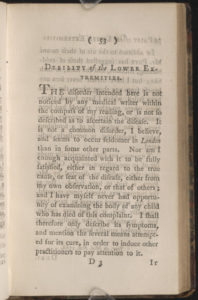Still Being Developed….thank you for your patience.
A Timeline of Polio(myelitis) in World History
Where did the contents of this page come from?
Many references from websites all over the internet will be used to create this timeline for "the history of the polio virus". Websites used for quotes, topic excerpts, articles, pictures and videos will be listed in the right hand column as references and some will be listed on this website's "credits" page at a later date. Complicated scientific and medical terminologies will be used sparingly to help us get a better understanding of polio and post-polio.

-
1403 - 1365 BC
Evidence of polio(myelitis) predates recorded history which is an indication it has likely been around for thousands of years. This picture is all over the internet on most sites regarding polio. This is an image of an upright Egyptian stone carving dating from around 1403 - 1365 BC. The actual estimated date of this stone is hard to determine since the date varies from website to website. It shows a priest with a walking stick, atrophied leg and drop-foot. These deformities are characteristic of post-polio.
Excerpt from: Neurological Sciences, Volume 38, Issue 2
"The ca. 1500 BCE stele of a priest called Ruma with a shorter leg and helping himself with a stick (Copenhagen, Ny Carlsberg Museum ÆIN 0134) is considered to be one of the first representations of a polio victim."

-
1789 AD
British physician Michael Underwood was the first to describe polio in his book, A Treatise on the Diseases of Children, Volume 2, First account of polio in the section entitled, “Debility of the Lower Extremities.” Underwood describes “…the debility of the lower extremities which gradually become more infirm, and after a few weeks are unable to support the body.” Underwood writes, "The disorder intended here is not noticed by any medical writer within the compass of my reading, or is not so described as to ascertain the disease. It is not a common disorder, I believe, and seems to occur seldomer in London than in some other parts."
References
»Smithsonian National Museum
of American History
»Taylor & Frances
»University of Virginia
"1789 A Treatise on the Diseases of Children"